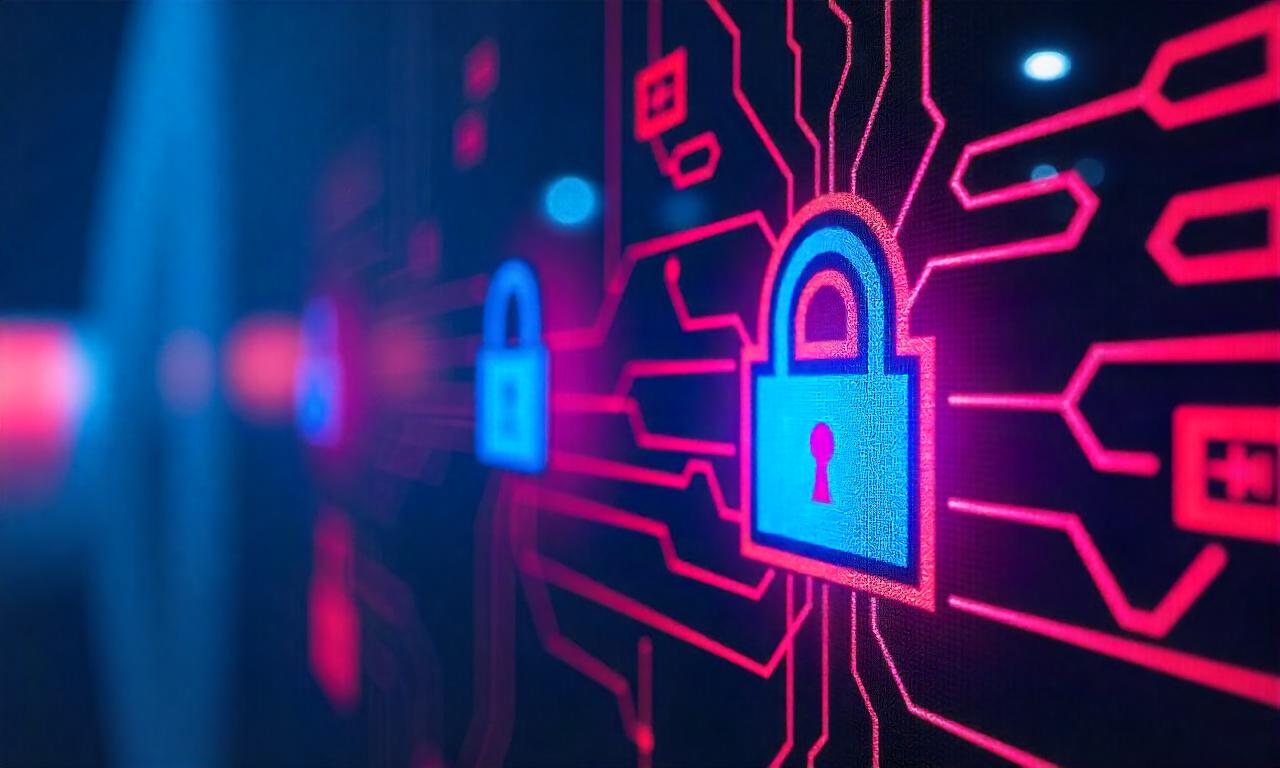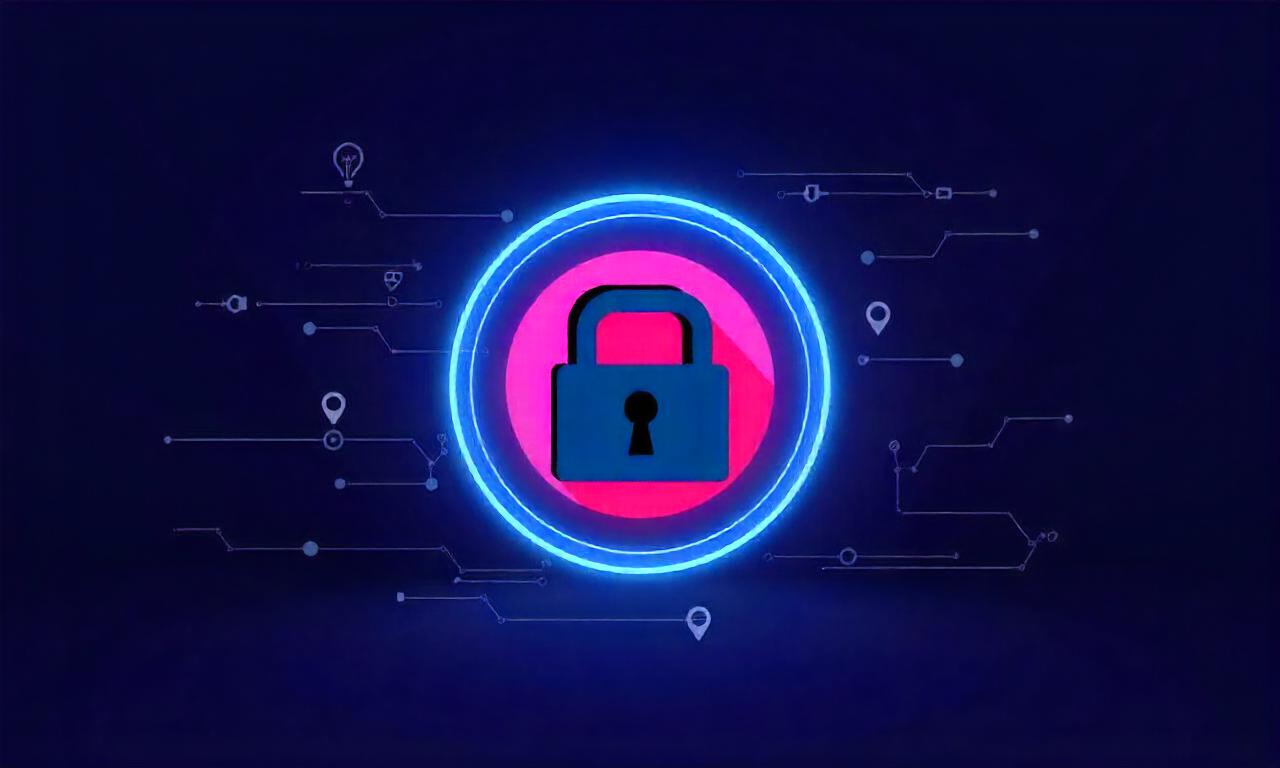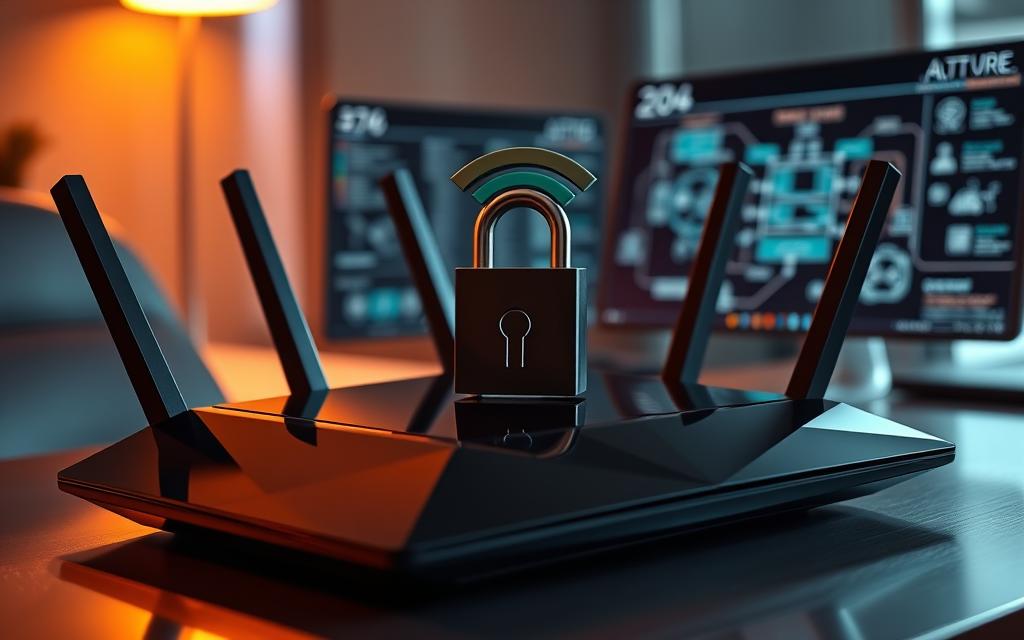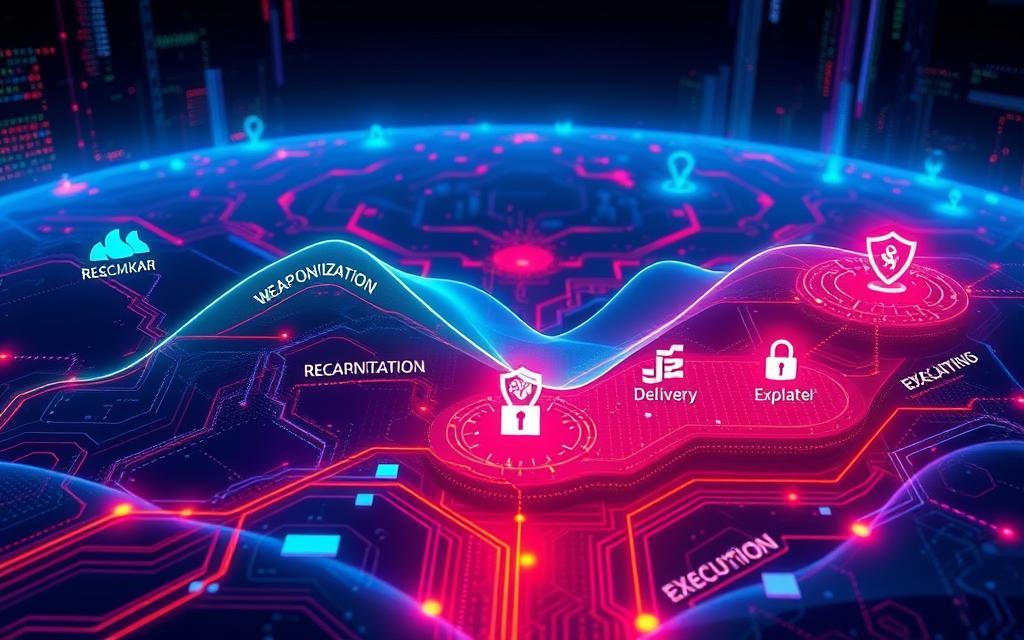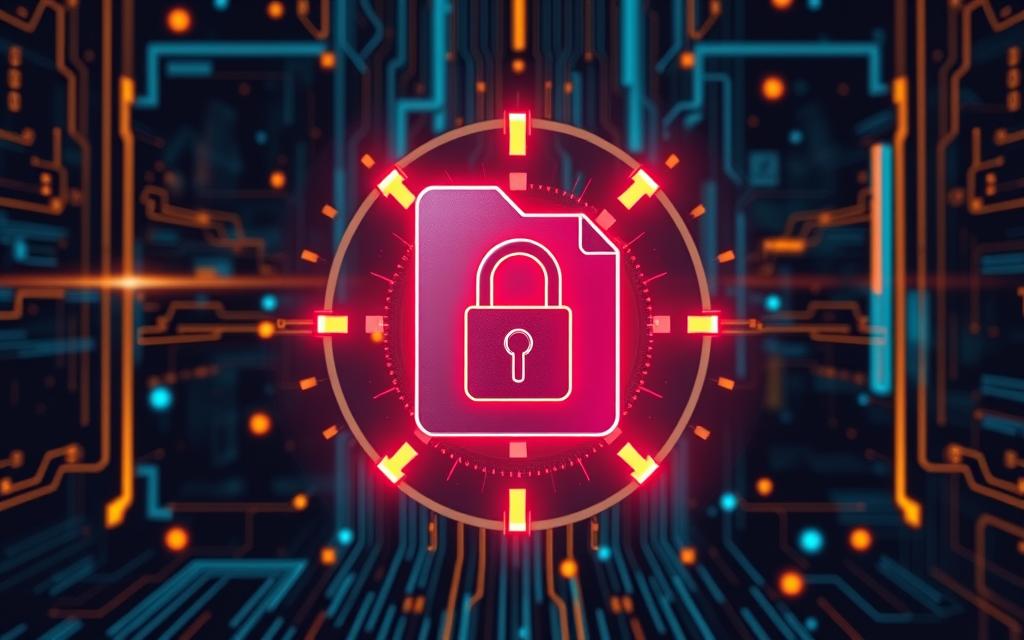I’m excited to share with you the world of the Cybersecurity and Infrastructure Security Agency (CISA). This agency is part of the United States Department of Homeland Security (DHS). It works to protect our country’s critical physical and cyber systems.
CISA does many things, like helping U.S. states with cybersecurity and making the government’s systems safer from hackers. It started in 2018, taking over from the National Protection and Programs Directorate (NPPD). CISA is key in keeping our important infrastructure safe, like power grids and communication networks.
Let’s dive deeper into CISA’s work. I’m looking forward to sharing its history, new projects, and how it works with different groups. Come with me as we see how CISA helps protect our country’s cybersecurity and key infrastructure.
Table of Contents
ToggleIntroduction to CISA
The Cybersecurity and Infrastructure Security Agency (CISA) is key to protecting the United States’ critical infrastructure. It makes sure the nation’s cyber systems are strong and resilient. CISA leads the effort to understand, manage, and reduce risks to these critical systems.
CISA’s Mission and Role
CISA is the top agency for cybersecurity and protecting infrastructure in the U.S. It secures the systems that support the economy and national security. These systems include energy, communications, transportation, and financial services, among others. CISA is vital in fighting cyber threats and making these systems more secure.
Significance of Cybersecurity and Infrastructure Protection
Today, our world is more connected than ever. Cyber threats like ransomware attacks and data breaches can harm the economy, public safety, and national security. CISA’s work is crucial for keeping systems and services running smoothly for Americans.
| Sector | Importance |
|---|---|
| Energy | Powering homes, businesses, and critical services |
| Communications | Enabling the flow of information and connectivity |
| Transportation | Facilitating the movement of people and goods |
| Financial Services | Supporting the nation’s economic stability and prosperity |
History and Evolution of CISA
The Cybersecurity and Infrastructure Security Agency (CISA) started as the Department of Homeland Security’s (DHS) National Protection and Programs Directorate (NPPD) in 2007. The NPPD aimed to boost the department’s national security mission. It focused on protecting critical infrastructure and cybersecurity.
In 2018, the Cybersecurity and Infrastructure Security Agency Act changed the NPPD’s mission. It made CISA a new agency with a bigger role in securing critical infrastructure and cyber systems in the U.S. This law gave CISA new tasks. It included securing elections, managing National Special Security Events, and leading the nation’s COVID-19 response.
The NPPD to CISA Transition
The switch from NPPD to CISA was a move to highlight the importance of cybersecurity and infrastructure protection within DHS. CISA was created to tackle the growing threats to the country’s critical systems and networks. It aimed to protect everything from power grids and transportation to financial systems and election infrastructure.
The Cybersecurity and Infrastructure Security Agency Act of 2018
The Cybersecurity and Infrastructure Security Agency Act of 2018 was a key moment for CISA. This law made CISA the main federal agency for protecting the nation’s critical infrastructure from threats. It also gave CISA the power to coordinate the government’s cyber response and handle national security events. This strengthened its role in securing the country’s vital systems and assets.
cybersecurity and infrastructure security agency
The Cybersecurity and Infrastructure Security Agency (CISA) is a key part of the Department of Homeland Security. It was set up in 2018 to protect the nation’s critical infrastructure and cyber systems. CISA aims to make these systems safe from cyber threats and physical attacks.
As the cybersecurity and infrastructure security agency overview, CISA leads the government’s efforts to protect key areas like energy, transportation, healthcare, and communications. The agency works closely with state, local, tribal, and territorial governments, and the private sector. This helps address what is cisa challenges and improve the country’s security.
CISA has many initiatives to protect against cyber threats and improve infrastructure security. These include the National Cybersecurity and Communications Integration Center (NCCIC), the Continuous Diagnostics and Mitigation (CDM) Program, and securing elections. By using advanced technology and working with different sectors, CISA aims to make the nation more resilient and ready for new threats.
CISA’s Cybersecurity Initiatives
CISA is the top agency for cybersecurity and protecting our digital infrastructure. They have two key programs: the National Cybersecurity and Communications Integration Center (NCCIC) and the Continuous Diagnostics and Mitigation (CDM) program. These programs aim to make our digital defenses stronger.
National Cybersecurity and Communications Integration Center (NCCIC)
The NCCIC is a key place for sharing cybersecurity info and working together on incidents. It connects the federal government, state and local groups, and the private sector. This helps share threat info and best practices quickly, making our response to cyber threats better.
Continuous Diagnostics and Mitigation (CDM) Program
The CDM program gives federal agencies tools to boost their cybersecurity. It helps them watch their networks, find weak spots, and fix them fast. This program is key to CISA’s efforts to protect government systems and vital infrastructure from cyber threats.
CISA is leading the way in making our cybersecurity stronger. They’re working on programs that help protect our important services and infrastructure from cyber attacks. By working together, sharing info, and giving agencies the right tools, CISA is helping the U.S. stay ahead in fighting cyber threats.
Critical Infrastructure Protection
The Cybersecurity and Infrastructure Security Agency (CISA) plays a key role in protecting our nation’s critical infrastructure from cyber threats. These include sectors like energy, transportation, and finance. They are crucial to our society’s well-being. Keeping them safe is essential for our national security and the prosperity of our communities.
Protecting Critical Infrastructure from Cyber Threats
CISA works hard to find and fix weaknesses in critical infrastructure. It uses advanced threat intelligence to work with public and private partners. Together, they create strategies to protect these important assets from cyber attacks. This teamwork helps us stay ahead in the fight against cyber threats.
Collaboration with Public and Private Sectors
CISA knows that critical infrastructure is connected. That’s why it builds strong partnerships with the public and private sectors. These partnerships help share threat information and strategies to reduce risks. This teamwork is key to making our critical infrastructure strong and secure against cyber threats.
| Sector | Key Initiatives |
|---|---|
| Energy |
|
| Transportation |
|
| Financial Services |
|
CISA’s Role in Securing Elections
CISA is key in keeping U.S. elections safe. Our team works with state and local election officials and private companies. We focus on finding and fixing threats to election systems.
We run the Rumor Control website to fight fake news about elections. It gives people true info so they can vote wisely and trust the election process.
Our cisa election security efforts aim to protect the election infrastructure protection and the cisa role in election security. We do this in many ways:
- We check for risks and fix weak spots.
- We share threat info and best practices with election officials.
- We provide technical help and training to improve cybersecurity.
- We help with responding to and recovering from security breaches.
By working with government and private companies, we make sure every American trusts their elections. Our cisa role in election security is vital to our goal of protecting the nation’s key systems.
Emergency Response and Incident Management
As the Cybersecurity and Infrastructure Security Agency (CISA), we are key in emergency response and incident management. Our team helps the federal government and U.S. entities deal with emergencies. We make sure they can handle the challenges of cisa emergency response.
We also work with many groups during cisa national security events. This includes big events like the State of the Union address or the Super Bowl. Our goal is to keep critical infrastructure safe and resilient.
CISA’s Incident Response Services
Our cisa incident response services give our partners full support. We have threat analysis, vulnerability assessments, and incident response planning. Our experts work hard to protect our critical systems and assets from cyber threats and other issues.
| Service | Description |
|---|---|
| Threat Analysis | Identifying and assessing potential threats to critical infrastructure and national security. |
| Vulnerability Assessments | Evaluating and mitigating vulnerabilities in systems and networks. |
| Incident Response Planning | Developing and executing comprehensive plans to effectively manage and respond to security incidents. |
Coordination during National Security Events
At big national security events, CISA leads in working with different groups. We make sure critical infrastructure is safe and resilient. We work with federal, state, local, tribal, and territorial partners, and the private sector. Our goal is to spot and tackle threats.
- Threat assessments and risk mitigation strategies
- Secure communications and information sharing
- Incident response and recovery planning
- Continuous monitoring and situational awareness
With our expertise and partner coordination, we aim to make a safer and more secure environment for Americans during these events.
Partnerships and Collaboration
At the Cybersecurity and Infrastructure Security Agency (CISA), we know that working together is key. We team up with many partners to keep our nation’s cybersecurity and critical infrastructure safe. This helps us tackle new threats better.
Joint Cyber Defense Collaborative (JCDC)
The Joint Cyber Defense Collaborative (JCDC) shows how we work together. It brings together cyber experts from government, private sector, and other countries. We share cyber risk info to fight threats better.
International Cooperation
Since cyber threats don’t stop at borders, we work with the world. We team up with other countries to fight threats, share tips, and use our brains together. This makes our digital world safer for everyone.
| CISA Partnerships | CISA Collaboration | JCDC | International Cooperation |
|---|---|---|---|
| Government agencies | Private sector organizations | Unifies cyber defenders | Global counterparts |
| Non-profit organizations | Academia | Proactive threat sharing | Address shared threats |
| International partners | Local communities | Enhance collective capabilities | Exchange best practices |
Challenges and Future Directions
The Cybersecurity and Infrastructure Security Agency (CISA) is key in protecting our critical systems. It must adapt to new cyber threats fast. This means improving its tools and skills to keep up.
CISA has a plan for 2023-2025 to tackle these cisa challenges. It aims to grow its cisa resource and capability expansion for better cybersecurity and infrastructure protection.
Adapting to Evolving Cyber Threats
New cyber threats are always coming up, making it hard to keep up. CISA needs to be quick and smart to protect us. It’s working hard to stay ahead by using the latest intelligence and best practices.
Expanding Resources and Capabilities
CISA is getting better at fighting cyber threats by growing its team and using new tech. It’s also building stronger ties with the private sector and other countries. With these plans, CISA can better handle cyber and physical threats.
| Key Initiatives | Description |
|---|---|
| Talent Recruitment and Retention | CISA is focused on attracting and retaining top cybersecurity talent to strengthen its workforce and address the ongoing skills gap. |
| Technological Advancements | The agency is investing in cutting-edge technologies, such as artificial intelligence and machine learning, to enhance its threat detection and response capabilities. |
| Collaborative Partnerships | CISA is fostering stronger partnerships with the private sector, academia, and international partners to share information, resources, and best practices. |
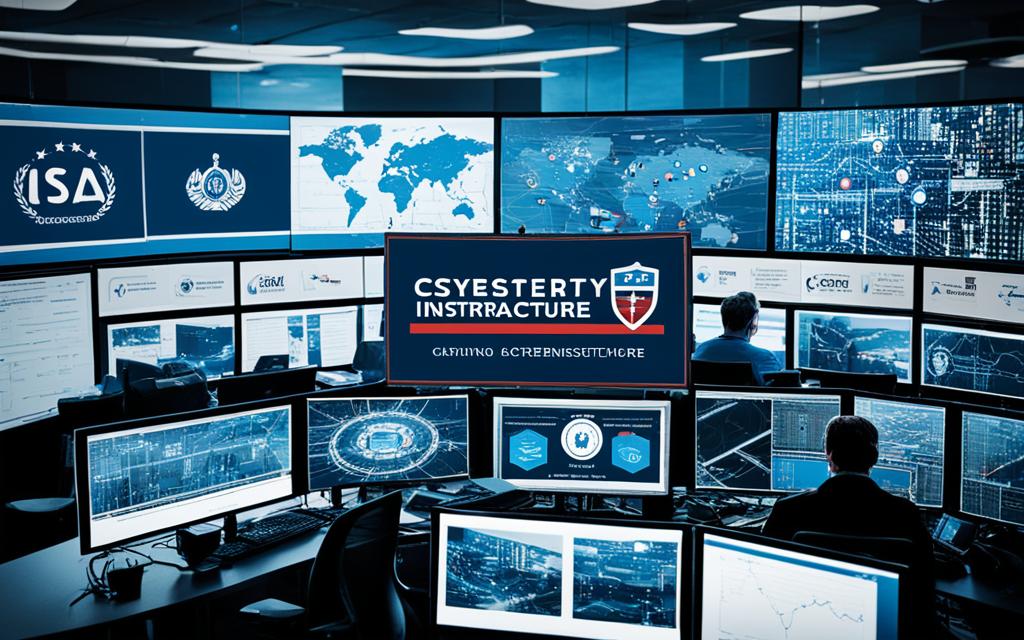
CISA is ready to face the future with its strategic plan. It’s set to keep our critical infrastructure safe from cyber threats.
Conclusion
Thinking about the Cybersecurity and Infrastructure Security Agency (CISA), I see how crucial it is. It protects our critical infrastructure and digital systems. CISA’s strong focus on cybersecurity makes our systems more resilient. This is key for our economy and national security.
CISA works hard to stop cyber threats and teams up with the public and private sectors. This teamwork has made America’s security stronger. The National Cybersecurity and Communications Integration Center (NCCIC) and the Continuous Diagnostics and Mitigation (CDM) Program are key tools. They help catch and fight cyber risks.
Looking ahead, CISA’s role will become even more important. With new cyber threats always coming, CISA’s ability to adapt and grow is crucial. The Cybersecurity and Infrastructure Security Agency is a key part of keeping our critical infrastructure safe. It helps protect our digital future and keeps the United States secure and prosperous.
FAQ
What is the Cybersecurity and Infrastructure Security Agency (CISA)?
The Cybersecurity and Infrastructure Security Agency (CISA) is part of the U.S. Department of Homeland Security. It focuses on cybersecurity and protecting infrastructure at all government levels. CISA works with U.S. states and boosts the government’s cybersecurity against hackers.
What is CISA’s mission?
CISA leads the effort to understand and reduce risks to critical infrastructure and cyber systems. It’s key to protecting the nation’s vital systems like energy, communications, and finance from cyber and physical threats.
When was CISA formed?
CISA started in 2018, replacing the National Protection and Programs Directorate. Its goal is to protect U.S. critical infrastructure by tackling threats to both physical and cyber systems.
What are some of CISA’s key cybersecurity initiatives?
CISA runs important cybersecurity projects. These include the National Cybersecurity and Communications Integration Center (NCCIC) for info sharing and incident response. The Continuous Diagnostics and Mitigation (CDM) program helps federal agencies improve their cybersecurity.
How does CISA protect critical infrastructure?
CISA protects critical infrastructure like energy and finance systems from cyber and physical threats. It works with the public and private sectors to find vulnerabilities and coordinate responses.
What is CISA’s role in securing U.S. elections?
CISA plays a big part in securing U.S. elections. It helps state and local election officials and private partners tackle threats to election systems. The agency also fights election misinformation through the Rumor Control website.
How does CISA collaborate with partners?
CISA works with many partners to boost cybersecurity and infrastructure protection. It uses the Joint Cyber Defense Collaborative (JCDC) to bring together cyber defenders. The agency also partners internationally to tackle global cybersecurity issues and share best practices.
What are some of the challenges and future directions for CISA?
CISA must keep up with fast-changing cyber threats by improving its tools and skills. The agency is also expanding its resources and staff to meet the growing need for cybersecurity and infrastructure protection.


